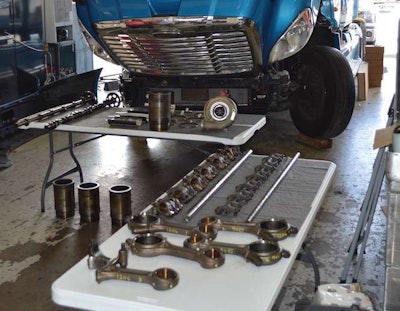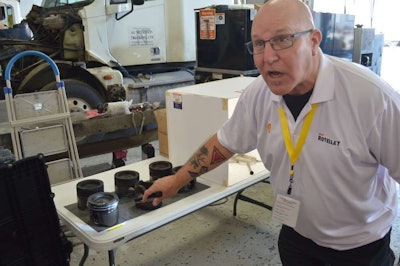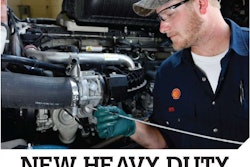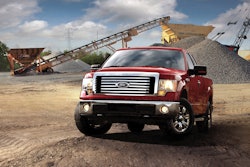
A massive amount of lab work goes into formulating a new heavy-duty diesel engine oil. But when the guys in the white coats have had their say, every prototype oil goes through extensive field trials.
Shell Lubricants has put about 40-million miles on some 450 vehicles to field test its oil for the upcoming PC-11 category. PC-11 is a new standard for lube oils coming from the American Petroleum Institute. The oils that meet that criteria are expected to be available late next year.
The API’s PC-11 category is going to be a split category, with a high viscosity “A” version, and a low viscosity “B” version. It is anticipated that off-road equipment and older trucks will spec the use of PC-11A, whereas newer on-road trucks will use the PC-11B to gain fuel economy advantages.
In early June, we had the opportunity to look at an engine teardown conducted by Shell Lubricants on a 2011/12 Freightliner Cascadia truck running a Detroit Diesel DD15 engine. The 475-horsepower DD15 has the latest emissions technology—selective catalytic reduction and a diesel particulate filter. This particular engine typically pulled about 76,000 pounds with a fuel economy of six to seven miles per gallon and registered about 20 percent idle time. Oil drain intervals averaged about 55,000 miles.
The work was performed by Howard Hill, heavy-duty engine oil field trial engineer, Shell Lubricants, and his team. Hill has conducted several hundred inspections for heavy duty engines during his 37 years with Shell. Hill looks for wear and deposits on every part of the engine touched by the lube oil, including:
- Carbon and lacquer deposits on the piston rings, lands and underside
- Ring face condition and sticking
- Deposits on intake and exhaust valves
- Wear and polish on camshaft, connecting rods and main bearings
- Wear and polish on cylinder liners
- Sludge in the oil pan, valve deck, rocker arms and rocker covers
- Wear on the valve bridges and tips, rocker buttons, bushings and shafts, camshaft lobes and followers, and piston pin bushings
- Wear and deposits on turbochargers
In previous field trials Shell says it had found no discernable wear difference between its 15W-40 and its low viscosity 10W-30 oils. On the Freightliner Cascadia, the field trials ran a low high temp/high shear oil for the first 600,000 miles and then switched to a experimental PC-11B prototype for the next 200,000 miles. Of particular interest to Shell was the performance of the additive package in the experimental PC-11B prototype oil.
The end result says Shell is that low high temp/high shear oils can maintain durability, even with the latest emissions technology, a 10 percent extended oil drain interval and significant mileage.
Take a look at our photo gallery of the teardown of this Detroit Diesel above. Keep in mind that some visible wear is normal. What Hill says he looks for primarily are any places where metal to metal contact has displaced metal on one or both the parts. On this teardown Hill says he saw none and adds that it’s one of the best looking engines he’s ever seen for this stage in its life.













